High Energy Pilon Fracture with Diaphyseal Extension: AO/OTA 43C
Score and Comment on this Case
Clinical Details
Clinical and radiological findings: A 43-year-old patient presented with a high-energy pilon fracture classified as AO/OTA 43C, characterized by a comminuted metaphysis extending into the diaphysis and a comminuted articular surface. The injury posed a significant risk for compartment syndrome, which was the primary concern upon acute presentation. The patient was monitored closely overnight and did not develop compartment syndrome.
Preoperative Plan
Planning remarks: The preoperative plan involved staged management due to the high-energy nature of the injury and critically injured soft tissues. The metadiaphyseal component was planned for intramedullary nailing, while the articular surface required direct reduction and fragment-specific fixation. The surgical strategy included linking small buttressing plates with interlocking bolts to enhance fixation stability.
Surgical Discussion
Patient positioning: Supine positioning on a radiolucent table to facilitate intraoperative imaging and access to the distal tibia.
Anatomical surgical approach: An anterolateral approach to the distal tibia was utilized, involving an incision over the fibula and extending distally to the ankle joint. Subperiosteal dissection was performed to expose the fracture site, allowing for direct visualization and reduction of the articular fragments. Intramedullary nailing was performed for the diaphyseal extension, and fragment-specific fixation was applied to the articular surface.
Operative remarks:The surgeon emphasized the importance of achieving accurate joint reduction, maintaining length, alignment, and rotation, and providing a mechanical environment conducive to union with a durable construct. The procedure involved a combination of relative and absolute stability principles, integrating intramedullary nailing with plate fixation to address both diaphyseal and articular components effectively.
Postoperative protocol: Postoperative rehabilitation included non-weight bearing for the initial period, followed by gradual progression to partial weight bearing as tolerated. Range of motion exercises were initiated early to prevent joint stiffness.
Follow up: Not specified.
Orthopaedic implants used: Intramedullary nail, small buttressing plates, interlocking bolts.
Search for Related Literature

orthopaedic_trauma
- United States , Seattle
- Area of Specialty - General Trauma
- Position - Specialist Consultant

Industry Sponsership
contact us for advertising opportunities
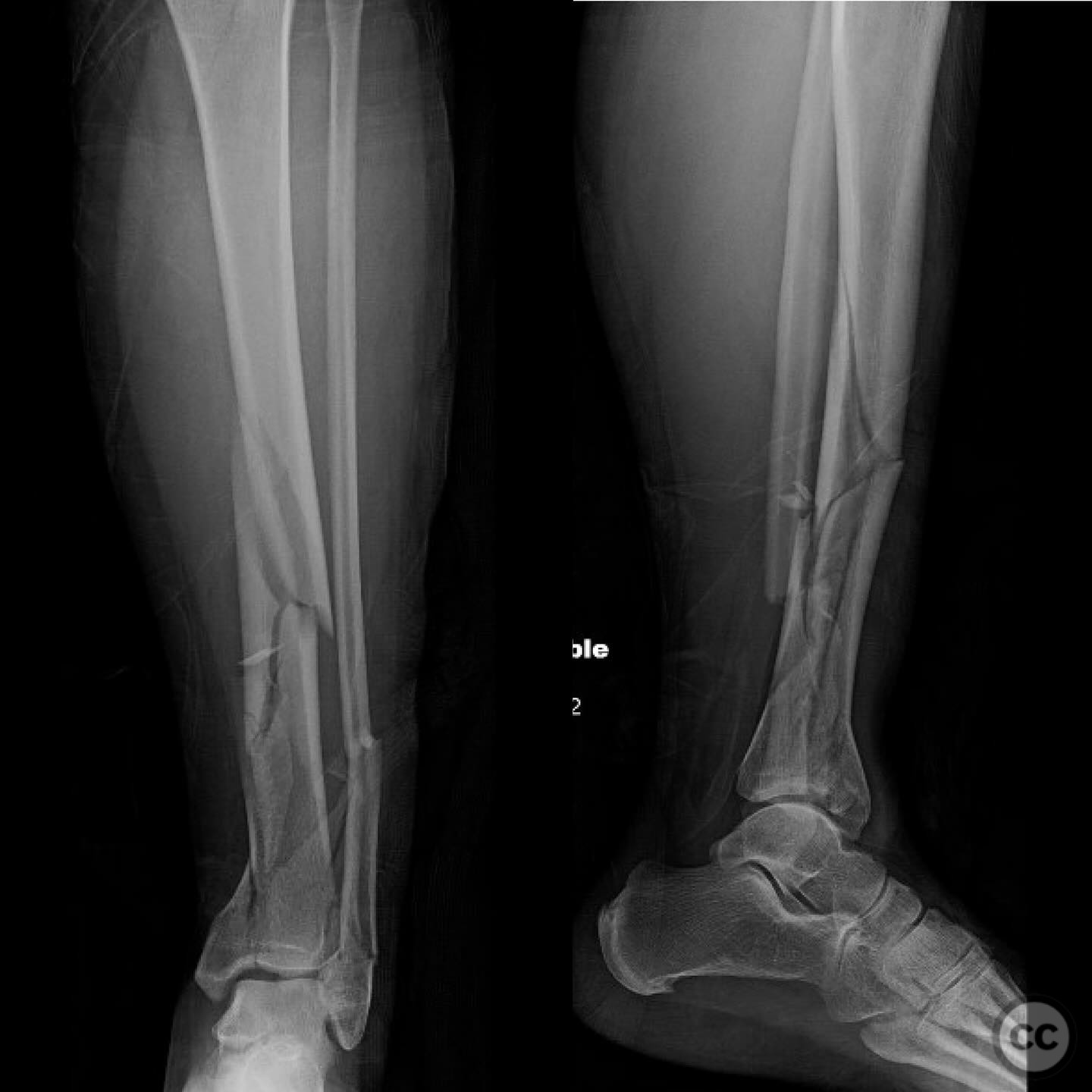
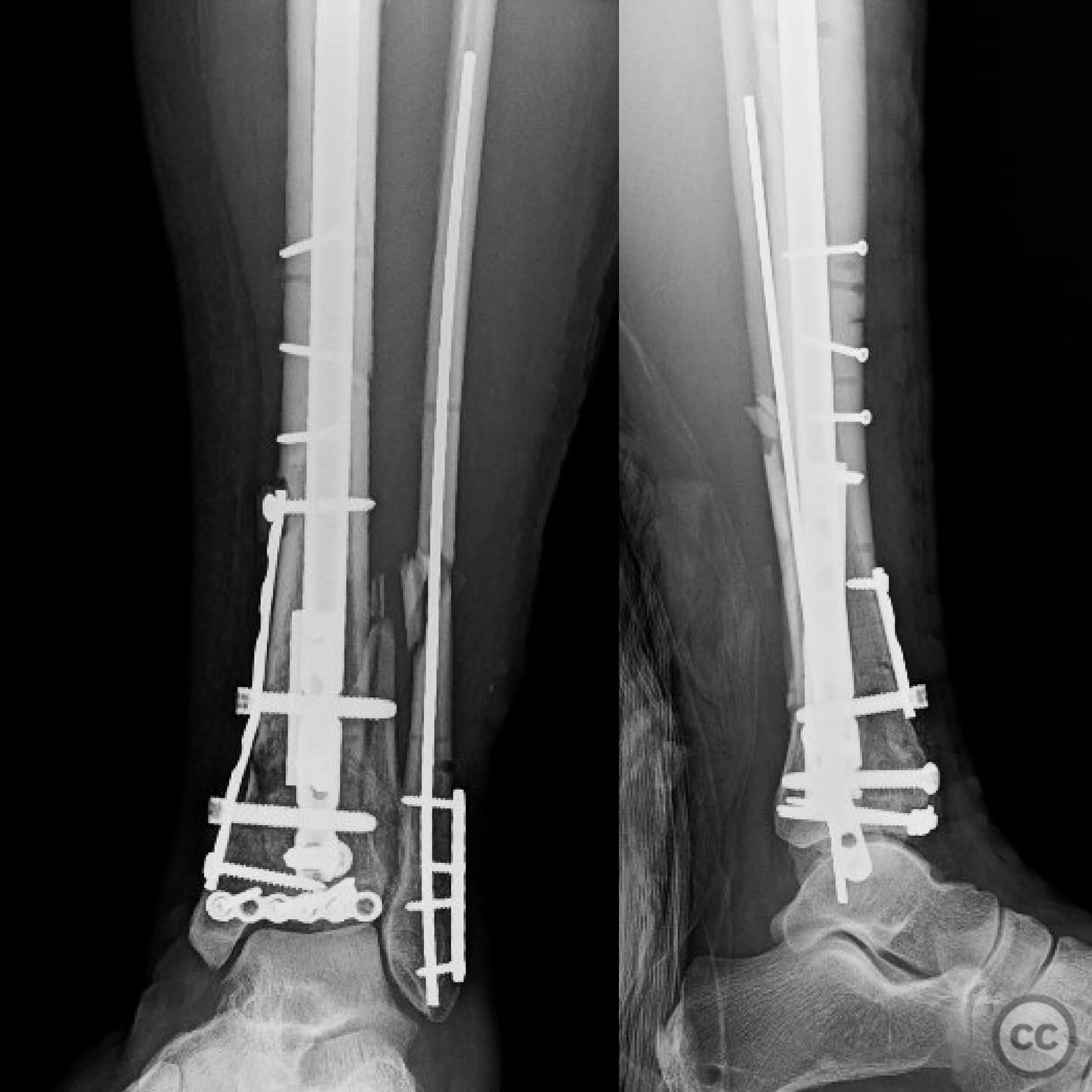
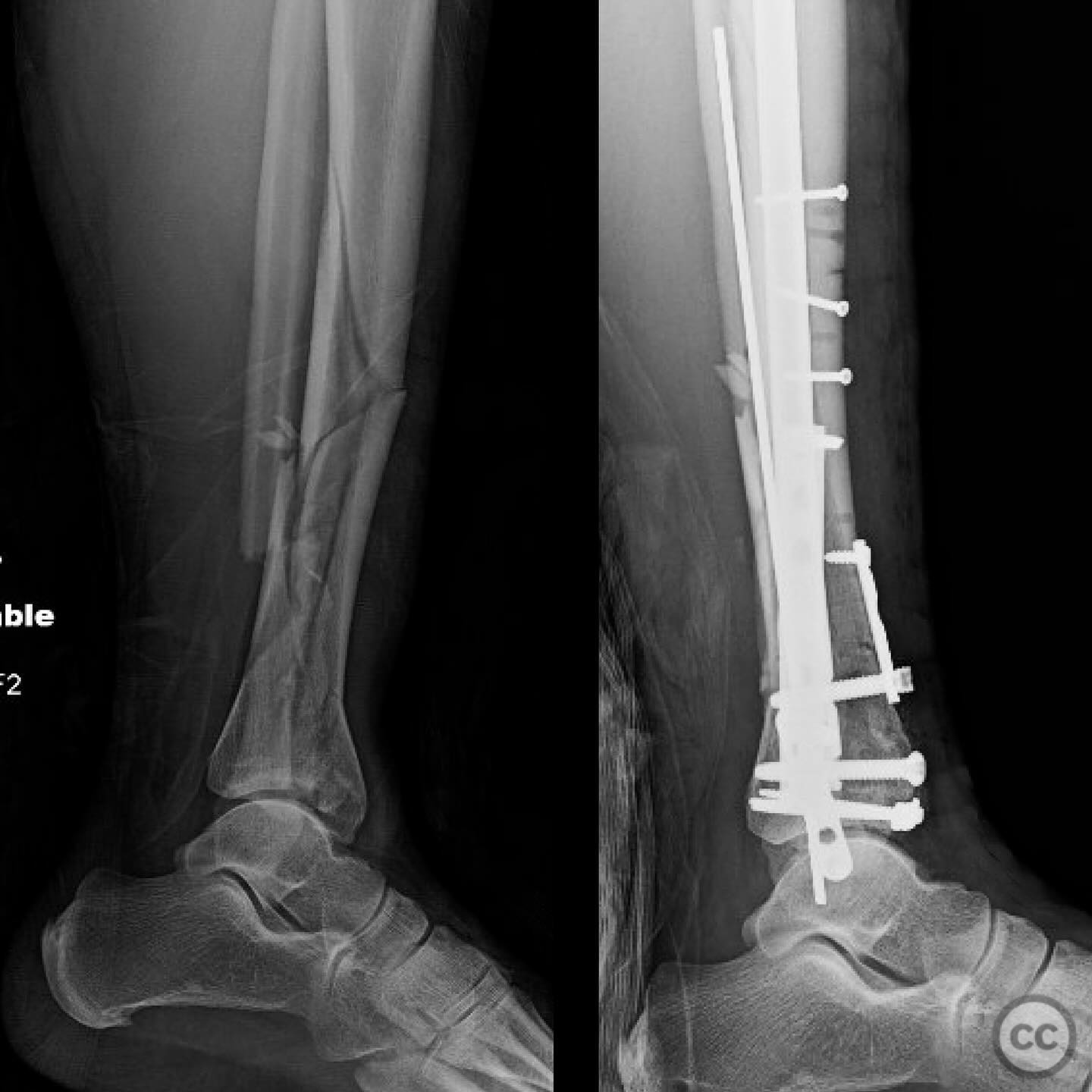
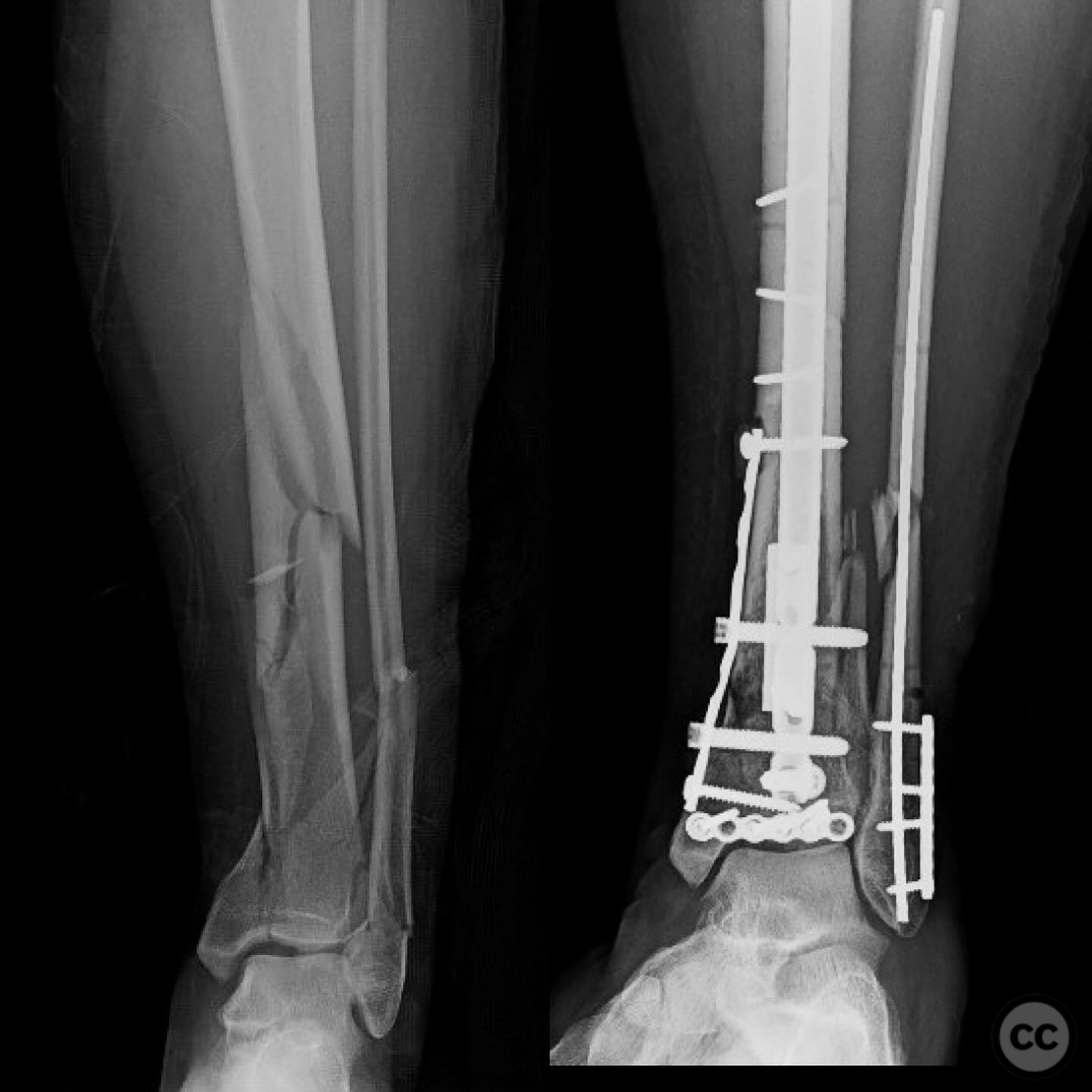
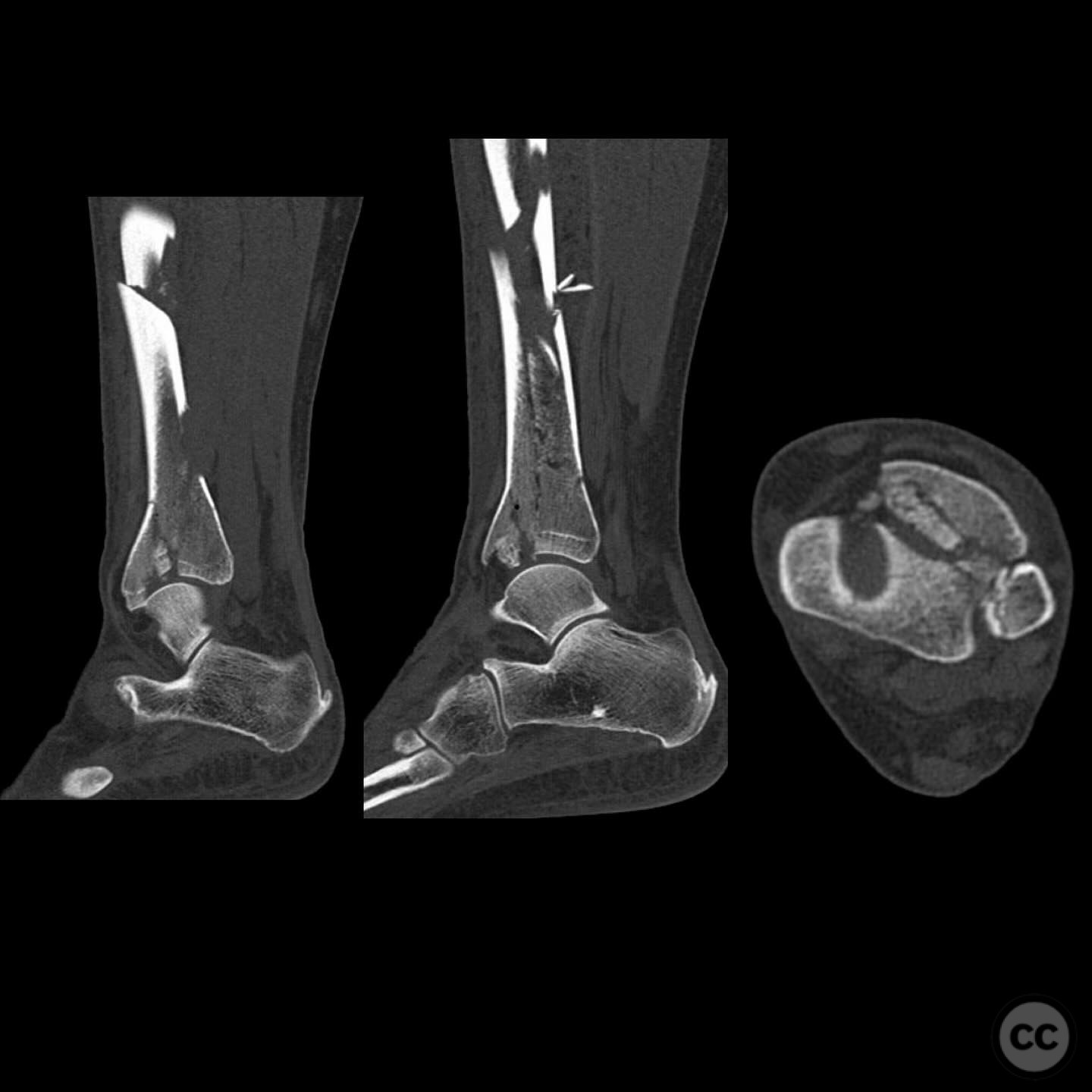
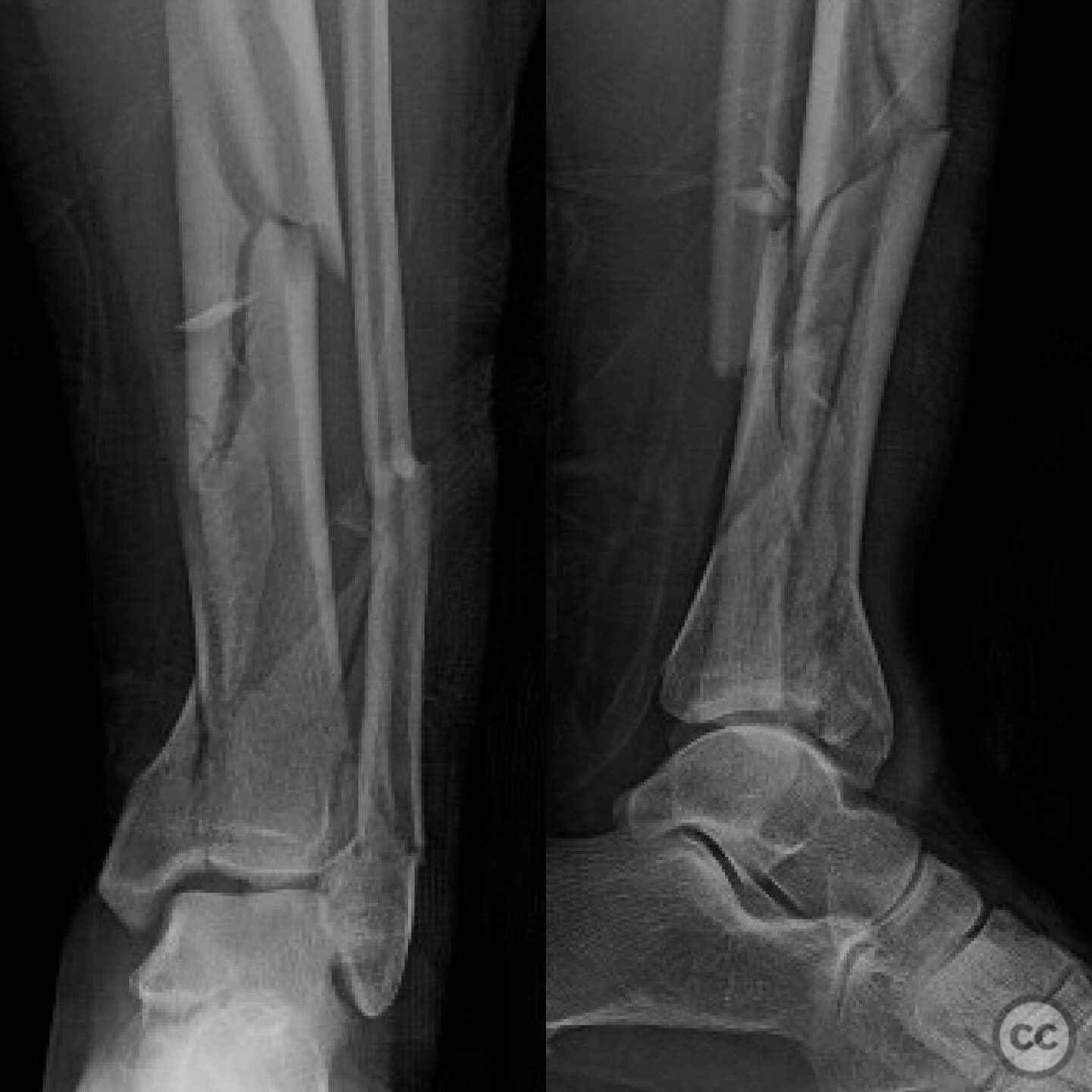
Article viewed 123 times
08 Jul 2025
Add to Bookmarks
Full Citation
Cite this article:
Surname, Initial. (2025). High Energy Pilon Fracture with Diaphyseal Extension: AO/OTA 43C. Journal of Orthopaedic Surgery and Traumatology. Case Report 35594394 Published Online Jul 08 2025.